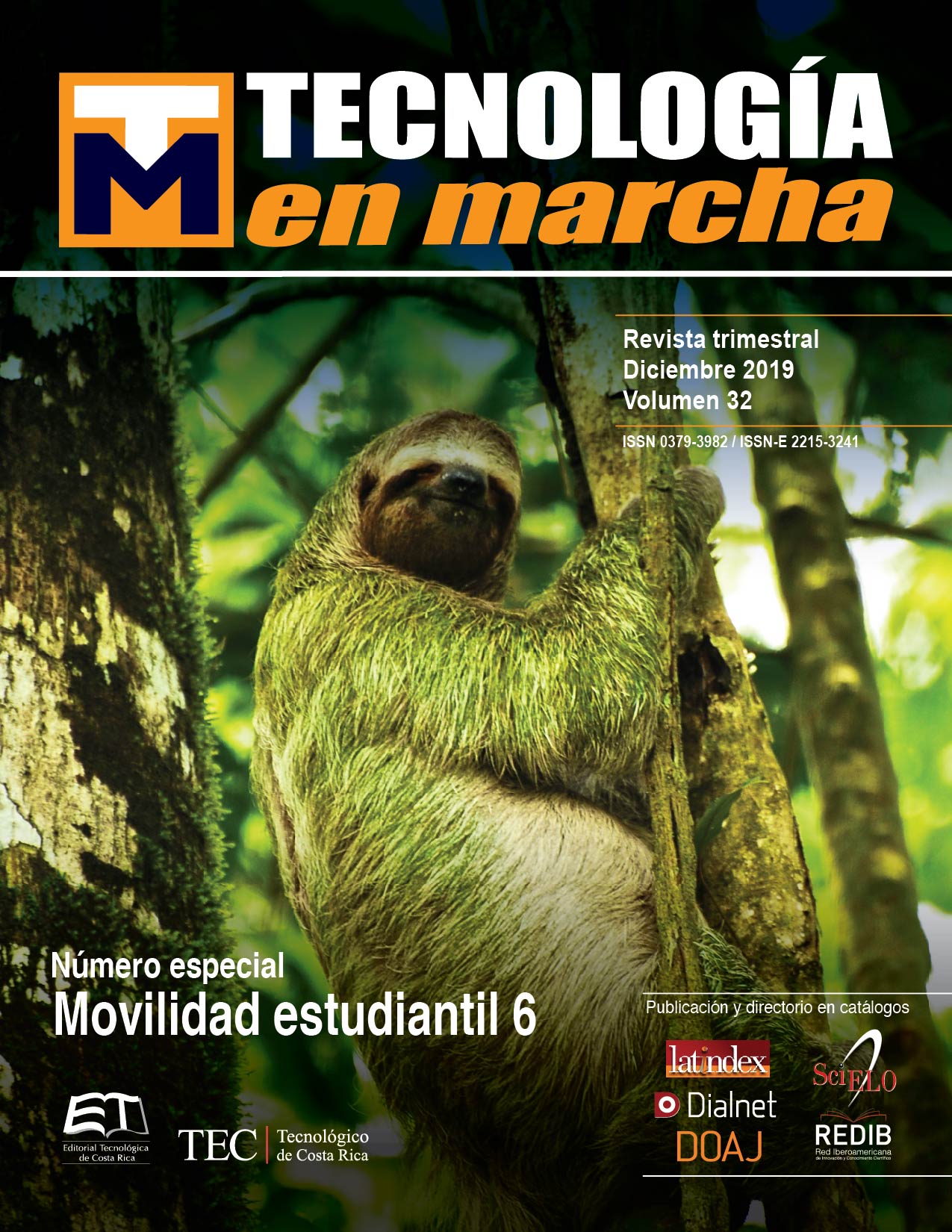Evaluation of a green roof with synthetic rainfall events for a runoff ow characterization
Main Article Content
Abstract
Green roof refers to the use of vegetal coating over a building’s roof. This kind of structure has been seen since long ago on the characteristic architecture of the strong-winter Northern countries, however nowadays, we’re witnessing a revival of this custom. It’s significance, from the hydrological field of study, stands over the green roof capacity to modify the hydrological behavior of a roof, in a region and, therefore, of a basin. In order to quantify the green roof’s behavior a set of experiments were carried out under a rainfall simulator using intensities from 8 up to 36 mm/h over a three square meter green roof. It was possible to quantify the rain-water volume managed by the green roof’s layer outlets. It was concluded that the characteristics of the substrate installed on the green roof are very significant when modeling the hydraulic behavior of the structure, since this behavior rests on merely of the water conductivity capacity to avoid the form of swamping. In addition, it was found that the slope and intensity fluctuations did not severe affect the runoff behavior curve, but they did over the water volume lent by the green roof’s layers.
Article Details
Los autores conservan los derechos de autor y ceden a la revista el derecho de la primera publicación y pueda editarlo, reproducirlo, distribuirlo, exhibirlo y comunicarlo en el país y en el extranjero mediante medios impresos y electrónicos. Asimismo, asumen el compromiso sobre cualquier litigio o reclamación relacionada con derechos de propiedad intelectual, exonerando de responsabilidad a la Editorial Tecnológica de Costa Rica. Además, se establece que los autores pueden realizar otros acuerdos contractuales independientes y adicionales para la distribución no exclusiva de la versión del artículo publicado en esta revista (p. ej., incluirlo en un repositorio institucional o publicarlo en un libro) siempre que indiquen claramente que el trabajo se publicó por primera vez en esta revista.

